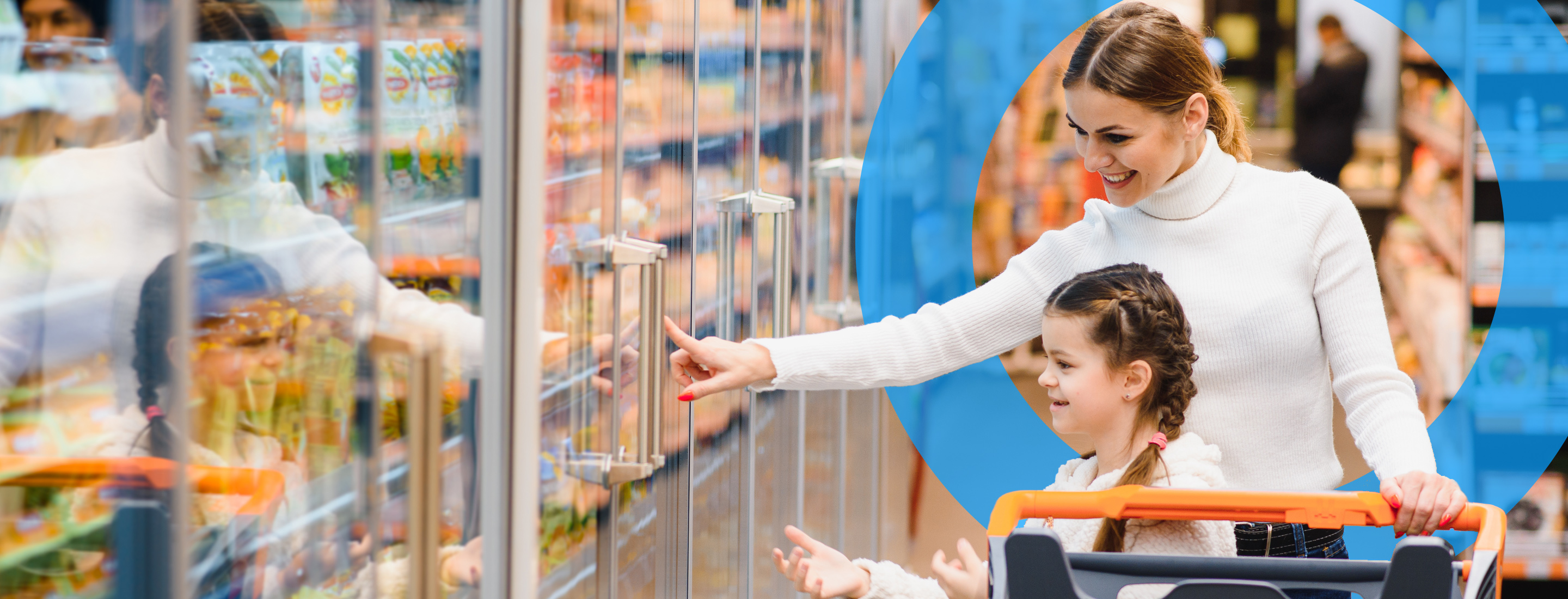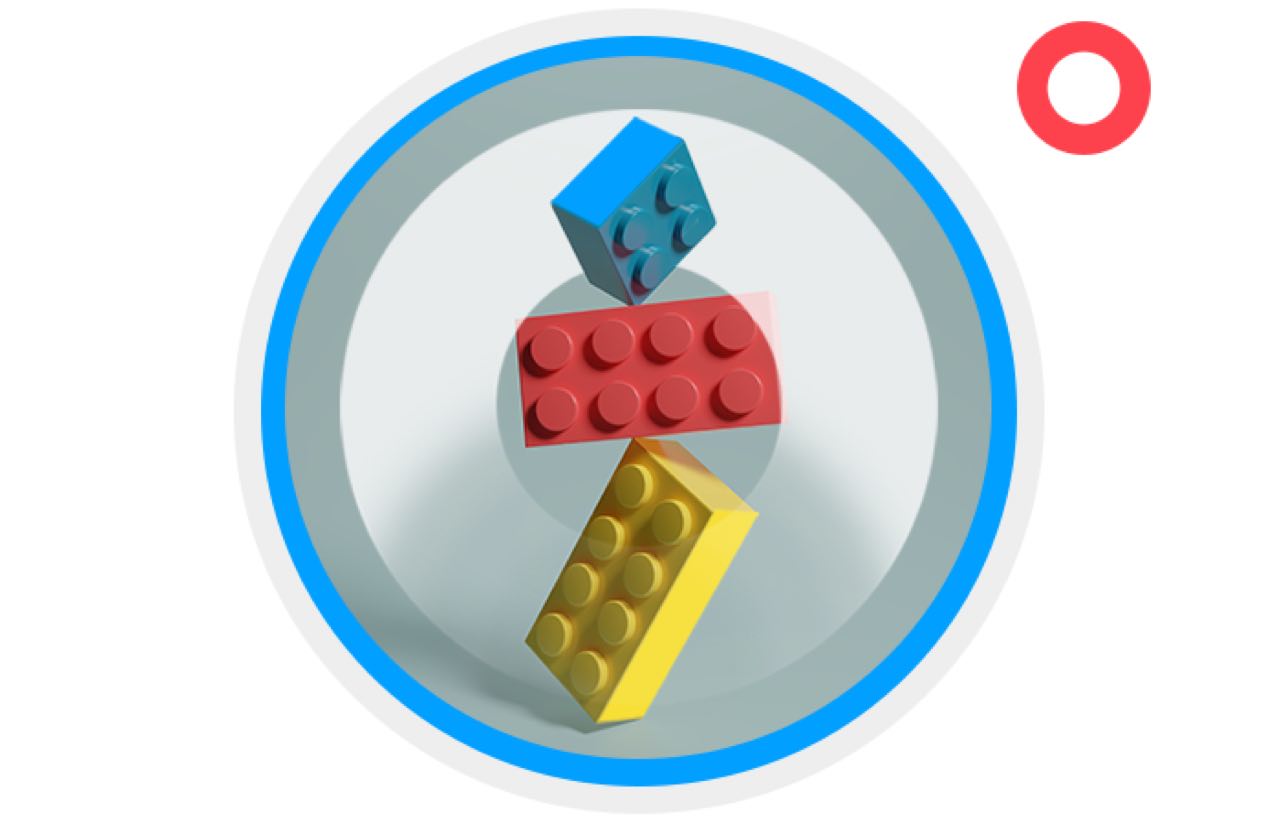What issue can we solve for you?
Type in your prompt above or try one of these suggestions
Suggested Prompt



Insight
A Look Inside: Grocery
A Look Inside: Grocery
Learn about the trends we’ve seen in the grocery space, customer engagement in e-commerce, and how Publicis Sapient and Salesforce collaborate to deliver digital transformation.
How retailers can take advantage of customer engagement in e-commerce.
Historically, within the grocery industry, there has been minimal to no digital disruption in North America or Western Europe. Yet the environment has rapidly evolved within the last several years and certainly since COVID. E-commerce once was 2-3% of all sales but is now moving toward 12-15%, a substantial increase helping usher in a new digital age for grocery chains and their customers.
Digital transformation is affecting every aspect of shopping, from online to in-store.
This jump in sales presents many changes, each of which has an impact on the overall system.
First, digital grocery is not as profitable as brick and mortar. When e-commerce was only a tiny portion of sales, no one put much thought into how to improve it. But now that it is eating away at profits, grocers have no choice but to consider investing in digital. Investments in automation, micro-fulfillment, product picking efficiency, and delivery alternatives, such as curbside pickup and geocoding, are increasing.
Second, digital grocery can present obstacles to serendipitous discoveries by the customer. Grocery chains — pre- and post-COVID — rely on in-store samples to highlight new products. When customers buy online, they often buy from a tailored list curated through many micro-moments, reducing the likelihood of unplanned purchases. In the current environment, grocery chains are working to enhance the digital discovery experience to help close this gap. Using consumer data and AI to give samples and pre-packaged sample-size items are just two ways grocers have started to adopt this new method of enhancing the likelihood of serendipitous discovery.
By leveraging Marketing Cloud that can integrate back into their CRM, they have an opportunity to connect with their customers in non-traditional spaces.
Nelson Pereira , GVP, Managing Partner for Transportation & Mobility vertical
We are also seeing the in-person experience evolve due to digital disruption. Consumers who go to the store still want all the digital, online amenities they’ve become accustomed to, such as supply chain information, rich attributes, list management, and convenient payment and checkout options.
For greater insight, compare the current transformation to other retail categories that have already been disrupted. Twenty years ago, no one would have believed that we would all be downloading movies and books directly to our devices, yet today that's the primary way we get those products. Similarly, grocery chains will need to invest in digital to stay relevant as the industry develops — what took 10 years to evolve now feels like 10 minutes.
Salesforce can empower retailers to connect with customers on one platform.
Not long ago, grocers tended to outsource digital to a few third-party vendors. With a small percentage of sales going through the channel, outsourcing was a great strategy to test and learn how to go digital. For the hesitant executive, it was an opportunity to dip a toe into the channel. Now that online sales make up a significantly larger amount of revenue (12-15%) and are the front door to the shopping experience, most retailers are working to bring it in-house and increase their expertise.
Going digital in the grocery space offers unique challenges compared to other retail categories. For starters, the chain or store must be proficient at merchandising all its products and digital shelf. While other retail categories might have a single product detail page per item, each grocery store within a chain might offer a different inventory and assortment of products. This is tantamount to essentially maintaining thousands of sites. Also, compared to traditional retail e-commerce, grocery experiences a significantly higher churn because the inventory is more dynamic and perishable.
By knowing past customer behavior, Einstein can make an informed decision about which products to promote to the customer and what free samples to put in the bag.
To competently bring digital in-house, an organization requires an e-commerce solution with the robustness to tackle multiple considerations. For example, impulse purchases are a revenue driver for in-store shopping. Transferring that to a digital experience requires specialized tools, such as Einstein providing shopper recommendations based on Sales Cloud and DMP. By knowing past customer behavior, Einstein can make an informed decision about which products to promote to the customer and what free samples to put in the bag. And with Marketing Cloud added to the mix, shoppers can reorder their lists and receive communications from the chain between visits. This means that rather than viewing an e-commerce solution, such as Salesforce, as a one-off product, it's better to consider how something like the Salesforce stack can help a chain stay competitive and grow.
Knowing when and how to fill the “gaps” during the transition to digital.
Publicis Sapient is one hub within the larger Publicis Groupe of agencies. That often connects us to the marketing communications at multinational brands in the grocery and retail space. As these brands have all started transitioning to digital, we've witnessed how important it is to ensure that every touchpoint drives value to the customer.
Leveraging technologies across their marketing tech stack, including Salesforce Audience Studio, brands can find unique opportunities to connect with customers. They also need to ensure that their advertising is relevant to support profitability. Not long ago, BOPIS (buy online pickup in-store) was a value differentiator. Now it doesn't require marketing because people expect it and seek it. This fact means a gap has opened for a savvy brand to promote other offerings and create more value for the shopper.
Retailers will also need to solve for gaps created when they go digital. For example, a shopper in-store will likely discover a seasonal product like Oreo Pumpkin Spice next to whatever Oreo flavor was on their list. They'll probably grab a box to try because it's Autumn, and, let's be honest, pumpkin spice is fantastic. That entire experience is lost when it moves to digital. So, at Publicis Sapient, we solve for these moments and help our clients find alternative channels to promote new and/or seasonal products to increase awareness and purchases.
With the cookieless future upon us, it’s imperative to begin the move to digital now.
Ensuring your future is in the bag.
How your grocery brand adopts and adapts to digital transformation is essential to your success. With the cookieless future upon us, it’s imperative to begin the move to digital now. But even after your brand goes digital, it’s not enough. You must understand how to connect to your customers, fill the gaps between in-store and online experiences, and maximize the potential of your tech stack. It’s a lot to think about, requiring a fresh perspective on an industry that prides itself on freshness.
Related Reading
-
![]()
Asda partners with Publicis Sapient to deliver full transformation of its online grocery business
The move will transition Asda’s online grocery business onto its own state-of-the-art platform from previous owner Walmart’s managed systems.
-
![]()
Composable Commerce Accelerator
Get composable commerce up and running in as little as 6 weeks, so you can build and flex with your exact specifications to meet shopper needs.
-
![]()
Gaming Retailer Levels Up Its Omnichannel Ecosystem
A scalable digital strategy and experience meets the needs of the next generation and yields major revenue gains.







